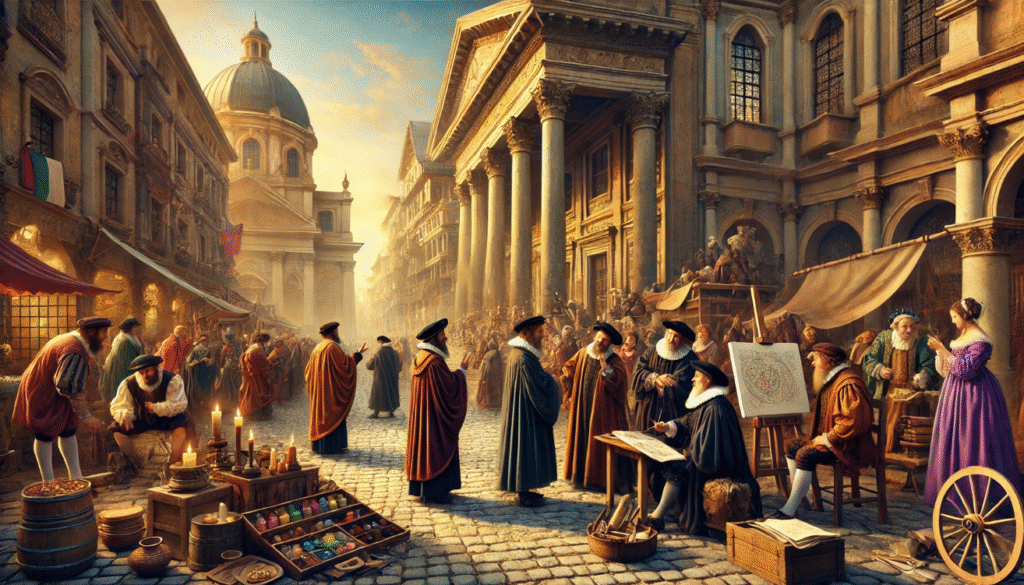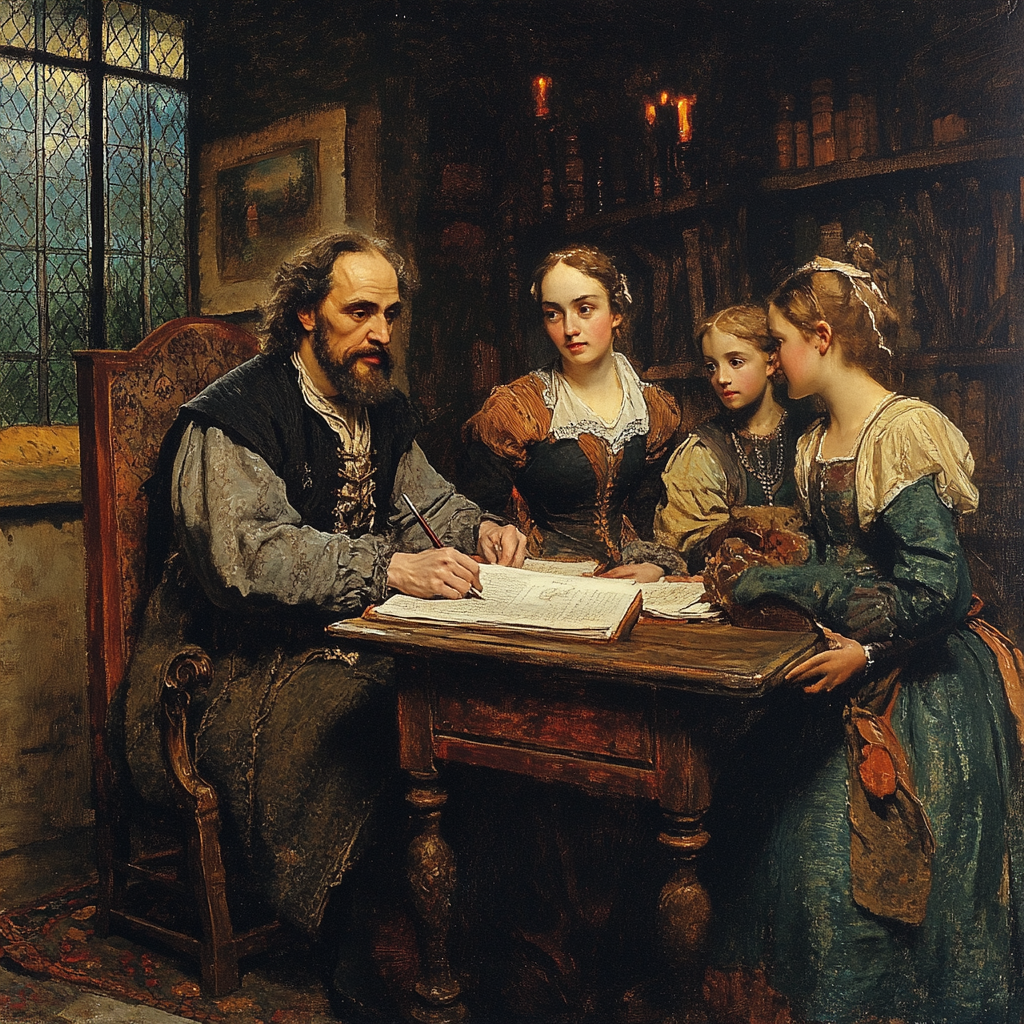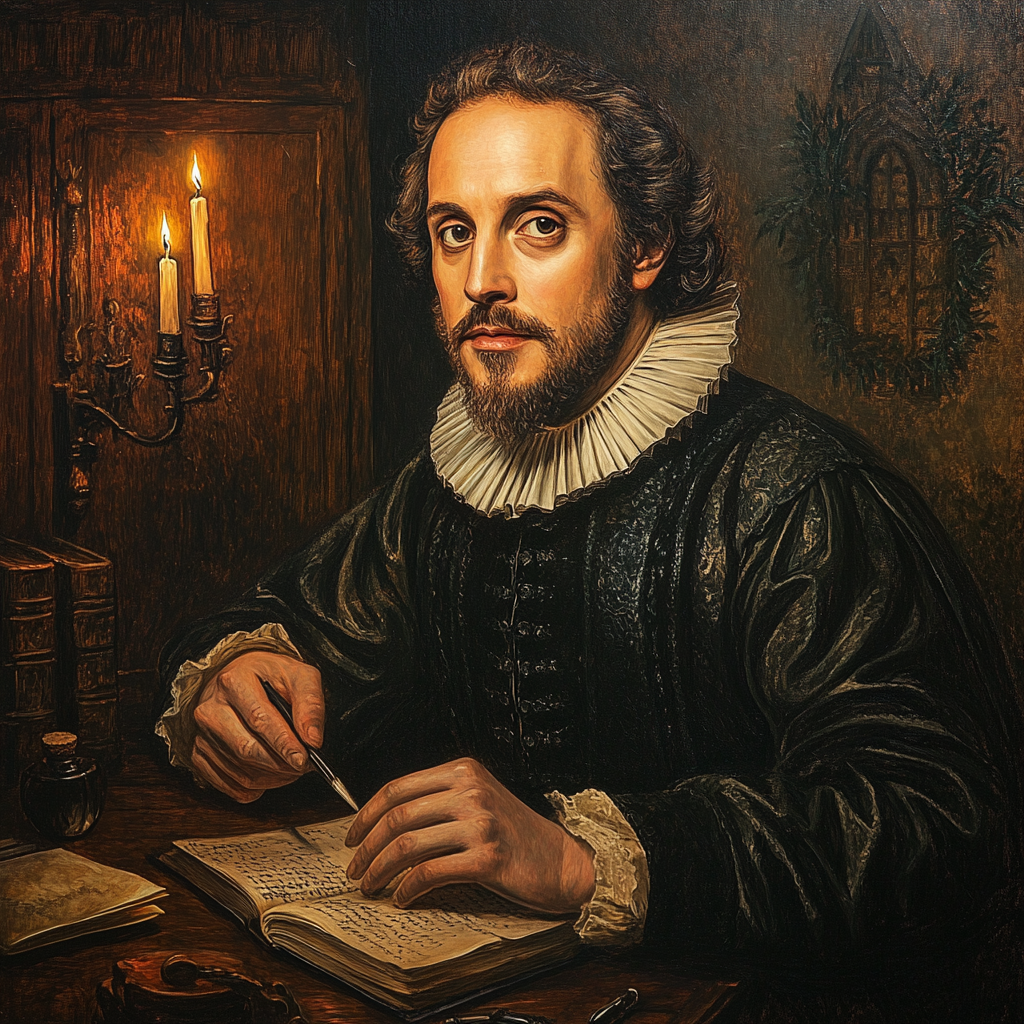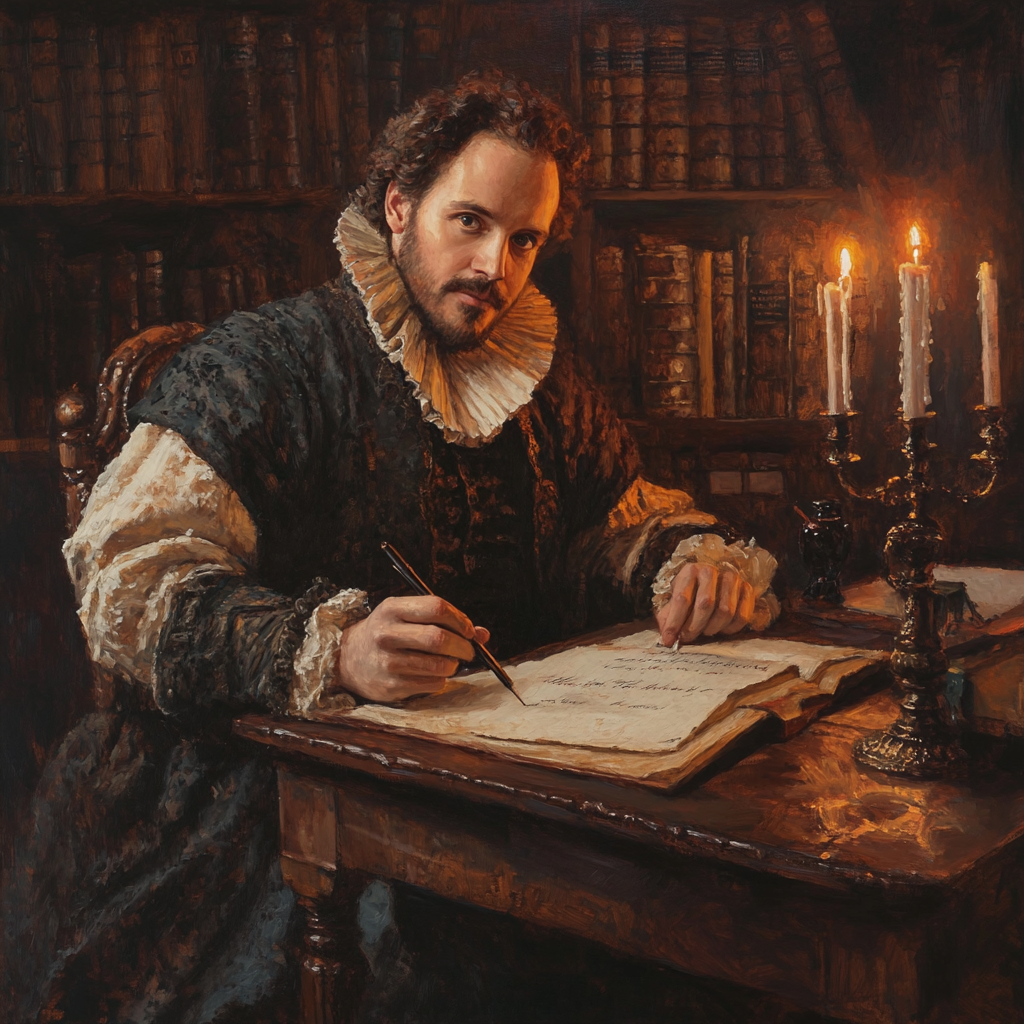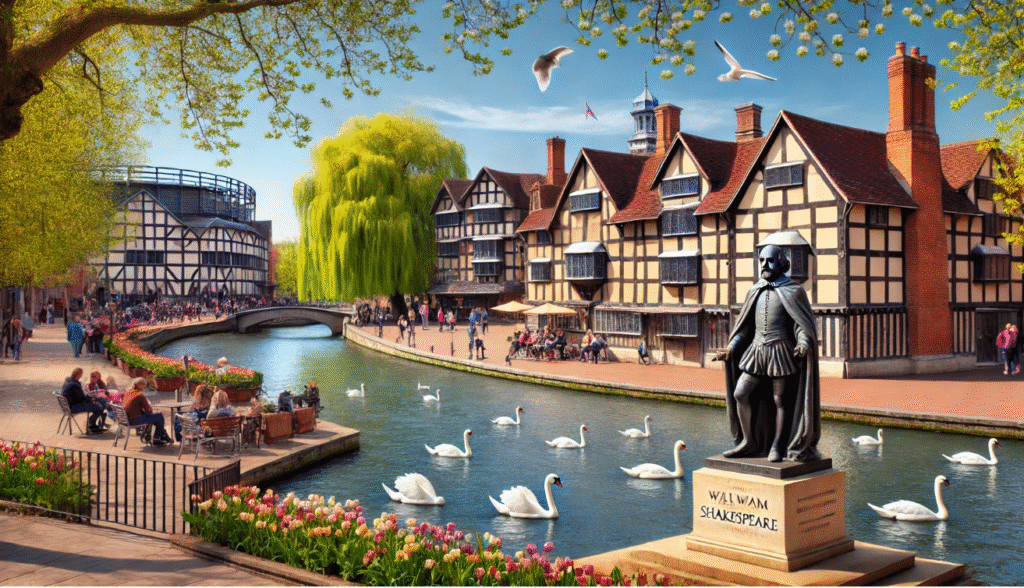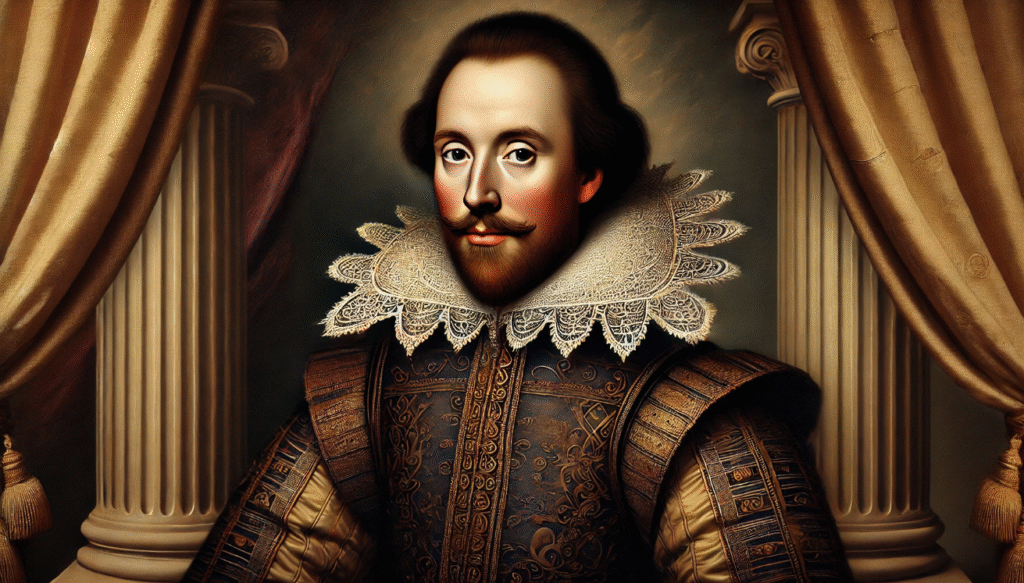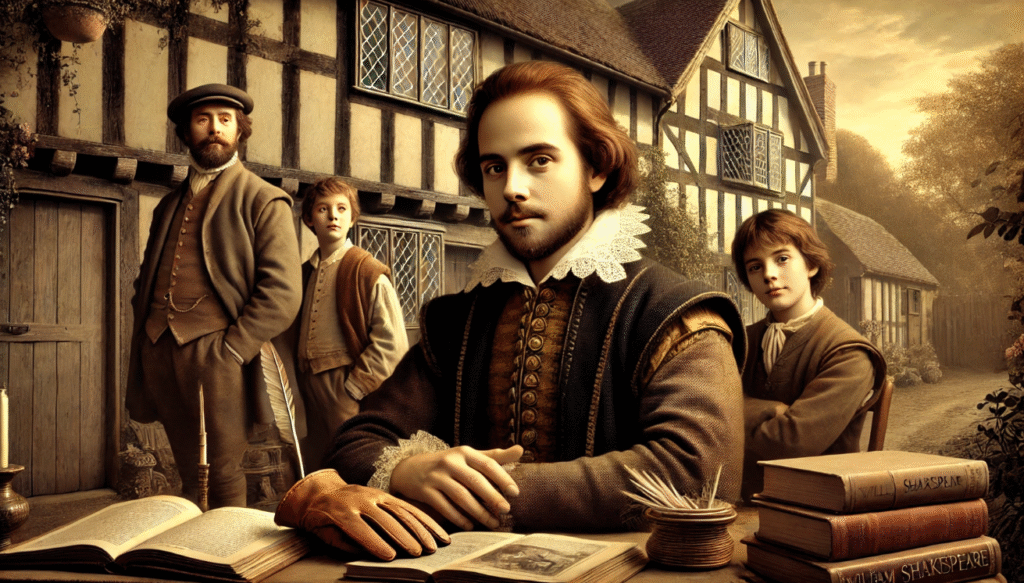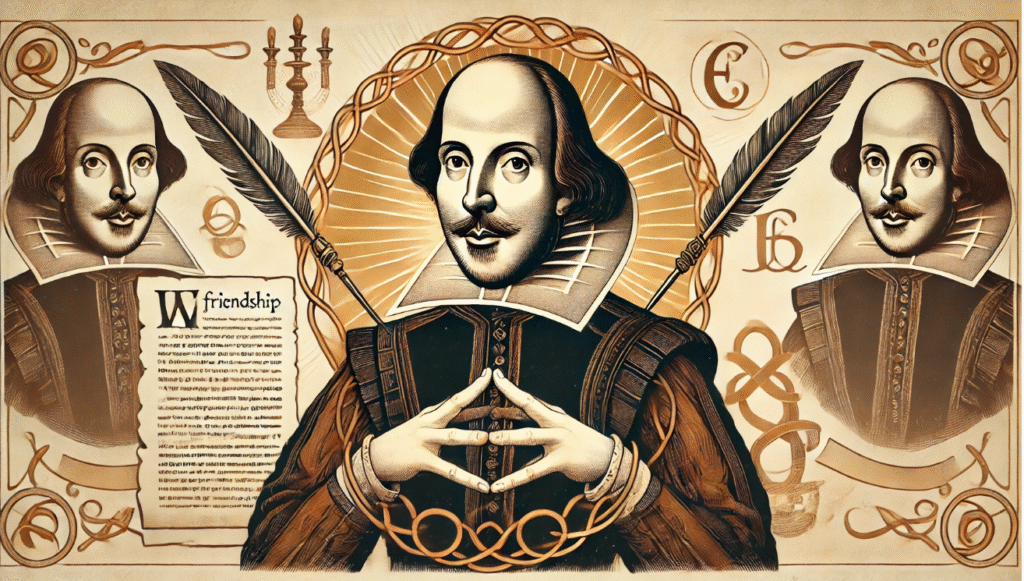 Shakespeare’s historical and cultural context remains relevant today because his works are deeply rooted in the social, political, and cultural environment of the Renaissance. During this period, there was a renewed interest in humanism, exploration, and the arts, which greatly influenced Shakespeare’s writing. Understanding the historical and cultural context of the Renaissance is crucial in fully appreciating the complexities and nuances of his plays. By exploring the societal norms, political structures, and cultural values of the time, we can gain a deeper understanding of the themes and characters in Shakespeare’s works, and how they continue to resonate with audiences today.
Shakespeare’s historical and cultural context remains relevant today because his works are deeply rooted in the social, political, and cultural environment of the Renaissance. During this period, there was a renewed interest in humanism, exploration, and the arts, which greatly influenced Shakespeare’s writing. Understanding the historical and cultural context of the Renaissance is crucial in fully appreciating the complexities and nuances of his plays. By exploring the societal norms, political structures, and cultural values of the time, we can gain a deeper understanding of the themes and characters in Shakespeare’s works, and how they continue to resonate with audiences today.
The Renaissance Era: A Brief Overview
The Renaissance was a period of cultural and intellectual rebirth that occurred in Europe from the 14th to the 17th century. It marked a transition from the medieval period to the modern era and saw a revival of interest in classical art, literature, and learning. During this time, there were several key cultural and intellectual shifts. Humanism, which emphasized the value of human potential and achievements, became a dominant force. There was also a renewed interest in the classical texts of ancient Greece and Rome, leading to their rediscovery and study. Scientific advancements also flourished during the Renaissance, with figures such as Leonardo da Vinci making significant contributions to various fields.
Political and Historical Context

During the Elizabethan era, Queen Elizabeth I ruled England from 1558 to 1603. This was a time of great cultural, economic, and military growth for England. It was also known as the Golden Age, with significant advancements in literature, exploration, and the arts. The period saw the works of William Shakespeare’s historical and cultural context, Christopher Marlowe, and Edmund Spenser, as well as the defeat of the Spanish Armada. Following Queen Elizabeth I’s death, King James I took the throne in 1603, marking the beginning of the Jacobean era. This period was characterized by the consolidation of power under the monarchy, the union of England and Scotland, and the continuation of cultural and artistic achievements.
Key political events:
The Protestant Reformation was a significant movement in the 16th century that led to the division of the Christian Church and the rise of Protestantism. This had a major impact on society, leading to religious and political conflicts throughout Europe. One example of this impact was the conflict with Spain, particularly with the famous Spanish Armada. The Protestant countries of England and the Netherlands were in conflict with Catholic Spain, and the defeat of the Armada in 1588 was a significant turning point in European history. Furthermore, the Reformation also contributed to the transition from feudalism to a more centralized monarchy.
The monarchy has had a significant influence on theatre throughout history, particularly through royal patronage of playwrights and actors. In the case of Shakespeare, he and his company, the Lord Chamberlain’s Men, received patronage from Queen Elizabeth I and later King James I, which helped to elevate his status and popularity. This support allowed Shakespeare to produce many of his most famous works, including plays like Macbeth and Hamlet, which were performed for royal audiences. The monarchy’s interest in theatre also helped to shape the kinds of plays that were produced, with many reflecting the values and interests of the ruling family.
Social Structure and Everyday Life
During the Renaissance era in England, society was characterized by a rigid class hierarchy, with the monarch at the top, followed by the nobility, gentry, and commoners. This structure heavily influenced people’s opportunities and social mobility. Gender played a significant role in determining opportunities, with women facing limited options and opportunities for education, work, and social advancement. They were largely expected to fulfill traditional roles as wives and mothers. The growing importance of the middle class during this time had a significant impact on Shakespeare’s audience, as it represented a group of people with newfound economic and social influence. This demographic shift influenced the themes and characters in Shakespeare’s plays and reflected the changing dynamics of society.
Cultural Influences on Shakespeare’s Work

Renaissance humanism greatly influenced Shakespeare’s themes and characters. The revival of classical literature and mythology is evident in many of his plays, as he drew upon these sources for inspiration and material. Additionally, religious tensions of the time are reflected in works like Hamlet and Measure for Measure, as Shakespeare grappled with the moral and ethical dilemmas of his era. Furthermore, Shakespeare engaged with contemporary philosophical ideas, such as fate, free will, and morality, infusing his works with thought-provoking explorations of these concepts. Overall, Renaissance humanism had a profound impact on Shakespeare’s writing, shaping the depth and complexity of his plays.
Theatrical Context: The Rise of Drama and the Globe Theatre

During the Renaissance, theatre underwent significant changes and developments. The period saw a revival of interest in the classical works of ancient Greece and Rome, leading to a renewed emphasis on dramatic storytelling and the use of theatrical techniques such as perspective and illusion. Playwrights like William Shakespeare and Christopher Marlowe emerged during this time, creating some of the most enduring works in the history of theatre. The Renaissance also saw the rise of professional theatre companies and the construction of purpose-built playhouses, such as the Globe Theatre in London. These developments helped to popularize theatre as a form of entertainment and artistic expression, laying the groundwork for the rich theatrical traditions that would follow in the centuries to come.
During the transition from medieval morality plays to Renaissance drama, there were several key innovations in theatre design that contributed to the evolution of the art form. One of the most notable developments was the construction of purpose-built theatres, such as the iconic Globe Theatre in London. These new structures provided a dedicated space for performances, allowing for more elaborate staging and larger audiences. The design of these theatres also incorporated elements such as trap doors, balconies, and a thrust stage, which allowed for a more dynamic and immersive theatrical experience. As a result, Renaissance drama was able to explore more complex themes and characters, and the performances became more visually and emotionally compelling.
Public entertainment, including theatre, played a significant role in reflecting and shaping societal norms during Shakespeare’s time. The diverse mix of classes in Shakespeare’s audience meant that his plays had to cater to a wide range of expectations and beliefs. This often led to the inclusion of elements that appealed to both the upper and lower classes, such as humor, drama, and moral lessons. Censorship and restrictions in playwriting also had a significant impact on the content of theatre during this period. The Master of Revels, who was responsible for approving and censoring plays, often imposed strict guidelines on what could be portrayed on stage. This led to the avoidance of controversial topics and the need for playwrights to navigate around these restrictions to convey their messages.
Reflection of Renaissance Society and Values in Shakespeare’s Plays
Shakespeare’s works often mirror Renaissance society through their exploration of themes such as power, love, and the human condition. For example, his play “Hamlet” reflects the political intrigue and power struggles of the time, while “Romeo and Juliet” portrays the societal pressures and expectations surrounding love and marriage. Additionally, Shakespeare’s focus on individualism and the complexities of human nature align with the Renaissance’s emphasis on humanism and the exploration of the self. Overall, his works provide valuable insights into the cultural, social, and political dynamics of Renaissance society.

Hamlet, written by William Shakespeare, is an exploration of humanism, existentialism, and political intrigue. It delves into the complexities of human nature and the moral dilemmas faced by the characters, while also weaving in political machinations and power struggles. Similarly, Macbeth also delves into themes of power, ambition, and the divine right of kings. The play delves into the corrupting influence of unchecked ambition and the consequences of seizing power through unethical means. The Merchant of Venice, on the other hand, explores religious tensions and economic shifts. It delves into the complex relationships between different religious and cultural groups, as well as the impact of economic changes on society.
The characters created by the author challenged societal norms by defying expectations and breaking free from traditional roles and expectations. They reinforced societal norms by demonstrating the consequences of going against the established order and the importance of conforming to certain standards. Overall, the author’s characters serve as a reflection of the society they live in, both challenging and reinforcing its norms in different ways.
Shakespeare’s Legacy and Its Relevance Today
Understanding Shakespeare’s historical and cultural context can greatly enhance modern interpretations of his plays. By delving into the Renaissance society in which Shakespeare lived, we can draw parallels to contemporary issues such as political corruption, class struggles, and gender dynamics. This allows us to see how Shakespeare’s works reflect and comment on the human condition in both his time and ours. Additionally, by recognizing the universal themes present in Shakespeare’s plays, we can appreciate how they transcend time and place, making his work relevant and impactful even in the modern day. Overall, understanding the historical and cultural context of Shakespeare’s plays can provide valuable insight and enrich our interpretation of his timeless works.
Shakespeare’s works offer a fascinating glimpse into Renaissance society and values, reflecting the political, social, and cultural dynamics of the time. Through his plays and sonnets, Shakespeare explores themes such as power, love, and ambition, shedding light on the complexities of human nature and the societal structures of the era. The enduring importance of Shakespeare’s cultural and historical context is evident in the way it enriches our understanding and appreciation of his legacy. By delving into the historical backdrop of his writings, we gain a deeper insight into the nuances of his characters and the relevance of his themes to the time in which he lived. I encourage you to revisit Shakespeare’s works with a deeper understanding of their background.

